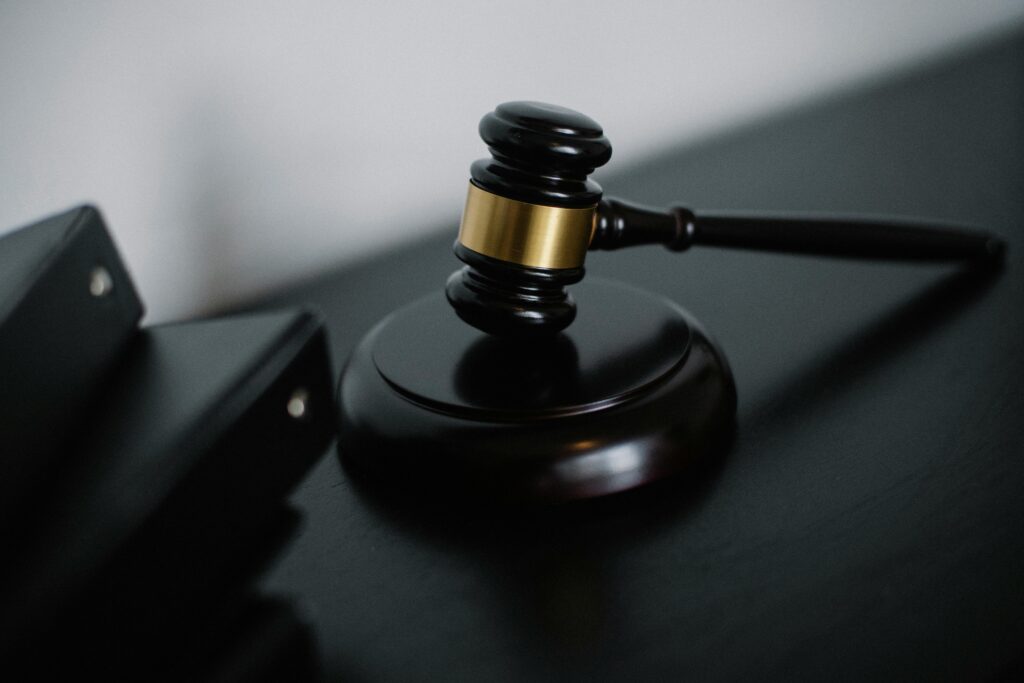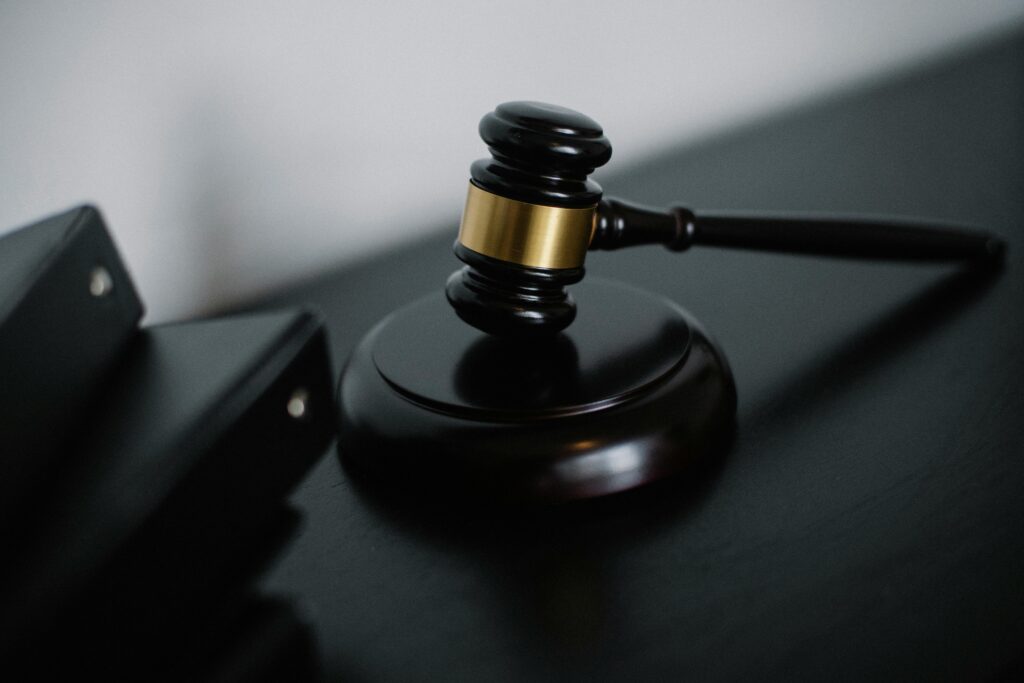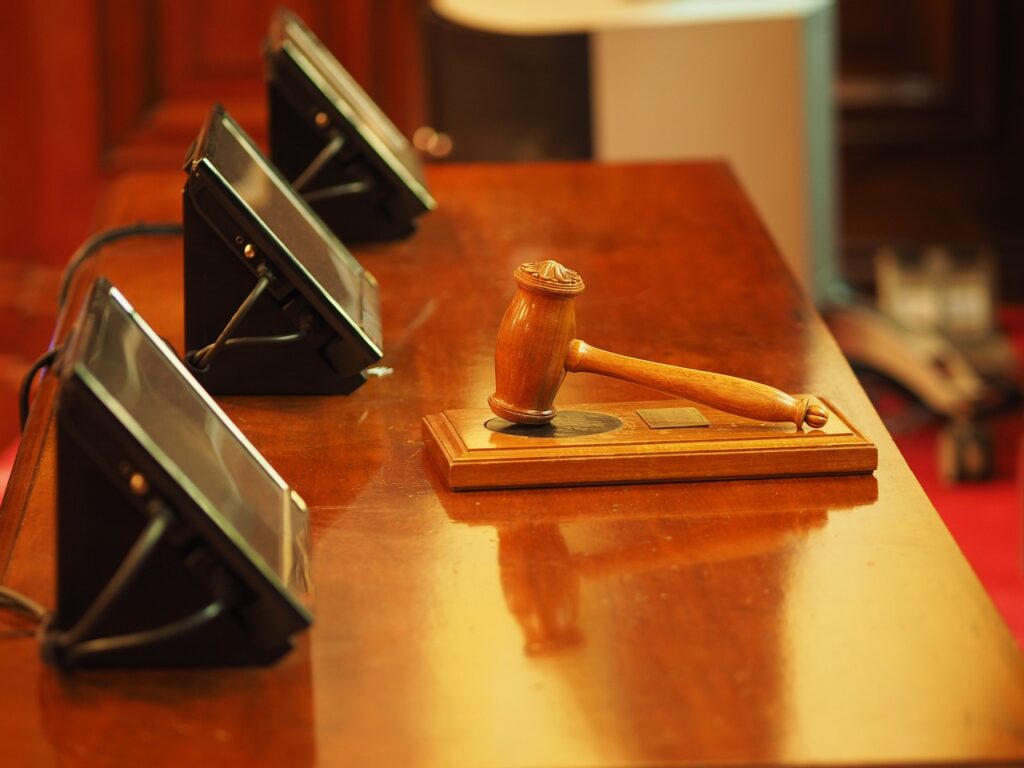Published On: 22th November, 2023
A QUICK STUDY OF PATENT EVERGREENING AND ITS EFFECTS
INTRODUCTION
What motivates a person to be creative intellectually is when the person gets a reward in return for the efforts taken for that intellectual pursuit. If anything, it is the end product of all the hard work that keeps us motivated to persevere further. The same is therefore the underlying principle as to why we need to protect our intellectual properties.
But what do you exactly mean by Intellectual Property (IP)? Why not understand it from the definition given by none other than the World Intellectual Property Organization (WIPO), which says:
“Intellectual property (IP) refers to creations of the mind, such as inventions; literary and artistic works; designs; and symbols, names and images used in commerce.”
However, you have to remember that the IP cannot just be an idea, rather it should be converted into something concrete. For example, an idea for a novel in your mind will not be protected but that idea once turned into a novel, that novel shall receive protection under the law. Also, another basic criterion is that your IP must be something new as it never before existed or was created.
Though we say ‘protecting our intellectual property’ what we are protecting is not the IP per se but the ‘rights’ attached to it. These rights allow us to use our IP for our benefit and profits. That is why intellectual property rights (IPR) are called negative rights because they exclude everyone else but the creator from using the property and reaping benefits from it. Intellectual property rights are also referred to as a ‘bundle of rights’ that is various rights combined under one head which includes rights like the right to use the property as you like, the right to sell, or the right to license amongst many examples. So, every time someone wants to use your creation, they will have to either pay you or license it from you for use.
In this article specifically, we will be discussing one of the intellectual properties known as Patent, which protects new inventions. Patent is currently protected under the Indian Patents Act, of 1970. We will also be discussing in detail what is patent evergreening and what are its effects.
WHAT IS PATENT?
To get to the point, a Patent is that right that protects inventions, specifically the new ones. Now there are various other criteria accompanying the requirements for an invention to be protected but here is what the definition of patents under section 2(1)(m) under the Indian Patents Act, 1970 reads:
“‘Any invention granted a patent under this Act is referred to as a “patent.”
Not much descriptive, is it? But do not worry, the crux of understanding any of the intellectual property rights is not only in the right itself but also in understanding what it protects. Now the patent protects an invention, so we need to look into what is an invention under the Indian Patents Act, 1970 which is mentioned under section (2)(1)(j) as:
“‘”Invention” refers to a novel product or method that incorporates an inventive step and has the potential for industrial use.”
From the above statement, we get the idea that there are three basic criteria following which you will get a patent for your invention, which are summarized below:
- New product or process
- Inventive step
- Industrial application
Patent protection, like any other intellectual property protection, is provided to the creator to be able to reap benefits from his hard work without any interference from the outside world. You can say it is a monopoly given to the creator for a certain period. This protection lasts for 20 years in the case of patents and varies for different intellectual properties. This not only serves as a way to appreciate the creators but also motivates them to be more creative and work harder for the benefits they shall receive for the same.
So, you might be wondering why protect the patent for a specific time period only. Wouldn’t protecting the patent for a longer time help the creator get long-term benefits? Well to understand the reasoning behind this you need to know that the government not only protects our IPs so we receive benefits for a certain time, but also after the protection ends the IP is now available in the public domain freely so it becomes more affordable and accessible to the public in general therefore adding to the betterment of the society.
WHAT IS PATENT EVERGREENING?
Though there is no specific definition as such for “patent evergreening” you can get a basic idea from the above phrase. Evergreening can be defined as “something that remains fresh all year long” or in our case it would be something that stays in excellent shape in your hands (under our title) for a long time so you may reap the benefits from it indefinitely.
How does this work on patents? Well, to be able to reap its benefits indefinitely you will need your patent to be protected indefinitely. Unfortunately, as we discussed in our earlier point, all intellectual properties are only protected for a certain period or under certain circumstances with the ultimate aim of facilitating the progress of society. What the companies or the owners of these patents do is before the protection ends, they make small or negligible changes in the product or process they have already patented and apply once again for a patent grant to get increased protection for technically the same product or process. This helps them have a monopoly over their patents for a longer time than is legally allowed and acceptable.
An important aspect we need to remember is that the patent is granted with a dual perspective in mind. As discussed earlier as much as it serves the creator or original owner to be able to enjoy his rights it also adds to the growth and progress of our society by being accessible and affordable. Considering this, the patent evergreening tactic goes against our basic principles of why we protect intellectual properties in the first place. Usually, patent evergreening happens on a large scale in the pharmaceutical field. Even the leading landmark case of evergreening in India is also related to the patent of a drug under the case of NOVARTIS AG VS. UNION OF INDIA (2006) also known as the Novartis Case which will be discussed below.
NOVARTIS CASE (2006) :
Novartis became the landmark case under the topic of patent evergreening as our government stood tall against the evils of evergreening. The case helped establish more firmly the provision under section 3(d), created for tackling evergreening, that reads as –
“The mere discovery of any new property or use for a known substance, or the mere application of any known process, machine, or apparatus, unless such known process results in a new product or employs at least one new reactant.” “The mere discovery of a new form of a known substance which does not result in the enhancement of the known efficacy of that substance.”
The above section was added in the year 2002 and served as the basic legal provision for the denial of the patent in the Novartis case for their new anti-cancer drug called Gleevec which will be discussed in detail below.
- Facts of the case –
Novartis had made a drug for leukaemia and gastrointestinal tumours which was created from the beta crystalline form of “Imatinib Mesylate” which already had patents in 35 countries.
They had applied in India at the Chennai office and the Controller of Patents in Chennai refused the application stating that this drug was very similar to their earlier version of the drug which was already patented outside, as mentioned earlier, in 35 different countries. Therefore, the application was denied on the grounds that:
- It had no novel properties, or
- No enhancement of known efficacy
The above decision was based on criteria mentioned under section 3(d) under the Indian Patents (Amendment) Act, 2002. Of course, Novartis was not happy with the decision and decided to apply for two writ petitions at Madras High Court, that is:
- Against the decision given by the Chennai Patent Office, and
- Questioning whether section 3(d) under which the patent was denied is against TRIPS Provision.
The reasoning Novartis used for the second writ was that section 3(d) was against the TRIPS (Trade-Related Aspects of Intellectual Property Rights) and therefore is violative of their rights. The High Court answered that they do not have the power to decide whether a domestic law is against TRIPS but it agreed with the Controller of Patents at Chennai on the decision not to grant a patent. After this, the company applied to the Intellectual Property Appellate Board where the same conclusion was provided by the board.
A Special Leave Petition was also filed by Novartis, under Article 136 of the Constitution of India, where a two-judge bench of the Supreme Court of India rejected the appeal and held that there was no novelty or non-obviousness, thereby resulting in ever-greening of an existing patent. Thus, Novartis finally took the case to the Supreme Court.
- Supreme Court’s decision –
Again, the Supreme Court had to decide the same three questions namely –
- Whether the invention fit the criteria of being novel or having enhanced efficacy as is required under section 3(d)?
- Whether section 3(d) is against the TRIPS provision?
- Whether the denial of a patent for the drug is an appropriate decision or not?
The Honorable Supreme Court observed that the criteria under section 3(d) apply in this case and, that it needs to fulfill the need for enhanced efficacy to be considered for a patent grant. However, the Company argued that the properties of this new form had better flow properties, better thermodynamic stability, and lower hygroscopicity, which resulted in some enhancement as per the requirement of section 3(d). The Honourable Supreme Court reminded them that the ‘enhanced efficacy’ here means that there is an enhancement in the application of the drug as a medication. In short, there should be therapeutic enhancement.
The true reason for adding section 3(d) was to tackle evergreening happening in cases like Novartis so therefore Supreme Court stood with the decisions of the High Court and the Appellate Board for not granting the patent.
- Effect of SC’s decision
After the Supreme Court’s verdict was announced the MNCs (Multinational Companies) coming from the developed nations, especially the US and EU region were furious since this was one of the ways they exploited the developing or underdeveloped country’s markets. The MNCs were sure this would not sit well with the TRIPS agreement but our Honourable Supreme Court assured that TRIPS has specifically allowed each country to have additional reasonable restrictions on the national or domestic level if it is in the interest of the country and its citizens.
The goal was to bring the medicinal formula into the open market after the patent protection ends so that it can be mass-produced in generic form for easy access and affordable prices for the general public. After our firm standing against evergreening a lot of other countries re-evaluated their laws to see if they can better protect the public interest the way our country did.
PATENT EVERGREENING IN INDIA TODAY
India has stood firmly with its decision against evergreening as it was first cited in the case of Novartis AG v. Union of India. The most recent example of its resolve would be visible in the case of Johnson and Johnson’s (J&J) plea to extend its patent protection for Bedaquiline beyond its original stipulated time was denied.
The medicine is used for the treatment of multi-drug-resistant tuberculosis. The medicine’s advancement has become an important addition with almost nil side effects on the patients. But now that the patent protection has ended it is available to the Indian pharmaceutical market to make the drug generically making it more affordable and easily available than it was before.
Thanks to our country additionally, for raising awareness with fighting cases like this J&J has decided to deal together with the UN-affiliated “Stop TB Partnership” to not enforce patents on the drug to make generic versions available in many underdeveloped and developing nations. I hope more companies and countries fight together against patent evergreening, especially in the pharmaceutical field, making medicines and medical equipment more affordable and accessible to the general public. After all, what is the use of all the medical advancement if it does not reach the people who need it the most?
ISSUES CAUSED BY PATENT EVERGREENING
One of the major reasons why patent protections last for a specific period is to create access and affordance for the general public after the creator or inventor gets his share of earnings and benefits. The whole idea was created with the public interest in mind and evergreening hampers the very notion.
I am sure with what you have read so far you can imagine the horrors of patent evergreening but regardless I would like you to get a more realistic perspective by diving into the Insulin crisis that is plaguing the USA even today. People are dying or have to face severe consequences because their health insurance will not cover the shockingly high prices allotted for a single insulin dose by the big pharmaceutical companies. Mind you the prices have only ever increased even though there has been no change whatsoever in the medication. The price is not fifty or hundred but four hundred to five hundred times more than what it takes to make the drug. The companies have achieved this evil by creating a slight change in its composition and re-patenting the drug, this is nothing but evergreening. What makes it even sadder is that the creators of insulin, Sir Frederick Grant Banting and John Macleod, sold the rights of the insulin for almost no value so it may be available to the general public at low cost but unfortunately, this is the reality today.
So, taking into consideration what our country has done and what the USA is currently doing today, other countries should take their lessons and protect their citizen’s rights from being violated and make stringent laws for granting of patents to stand against evergreening.
WHAT CAN BE DONE TO TACKLE PATENT EVERGREENING?
Although we have been criticized largely for our decisions against evergreening by the MNCs, the truth is it is still very much prevalent today. Though there is a setup of strict legal framework under the current law it is still misused by companies. According to research conducted between 2009-2016, 72% of the total patents were given for insignificant enhancements as against the requirement mentioned under section 3(d).
Even after the establishment of the so-called ‘Novartis standard’ and the ones already covered under the law, they are not followed as strictly as they should be. The scrutiny is avoided by arguments using various technical loopholes present in the law.
To add to it all, though the intentions behind the infamous section 3(d) were for the betterment, it ultimately fails at not being more precise as to the various requirements of different types of products and processes that are protected under the law leaving it largely to be misused by the applicants. Not to mention since the addition of section 3(d) in the year 2002 it is a requirement that before a patent is granted both the criteria under section 2(1)(j) and section 3(d) shall be fulfilled but shockingly that is not done as the reports have claimed.
These are only a few of the areas that have come to light where improvements could be made to tackle evergreening and patent abuse in general. There needs to be stricter checking of applications and stringent punishments to leave no opening for any foul play.
CONCLUSION
We have discussed above from various angles what is patent evergreening and what are its effects. There is always room for betterment and I hope this article can stand as a positive step towards creating awareness and attracting rightful attention for the change we need. This was just a small article on patent evergreening and if you enjoyed reading it, I implore you to research more in your own time. We as people need to start recognizing our rights to create the future we desire and deserve.
REFERENCE(S)
- https://www.indiacode.nic.in/bitstream/123456789/1392/1/AA1970___39.pdf
- https://blog.ipleaders.in/analysis-novartis-g-vs-union-india/#
- https://blog.ipleaders.in/evergreening-patents-welcome-move-hidden-enemy/
- https://theweek.com/health/evergreening-big-pharmas-big-con
- https://nluassam.ac.in/docs/Journals/IPR/vol1-issue-2/10.pdf
- https://www.fromthesquare.org/the-evergreen-profits-of-insulin/
- https://www.clearias.com/evergreening-of-patent/#verdict-of-supreme-court-in-evergreening
- https://www.wipo.int/about-ip/en/




